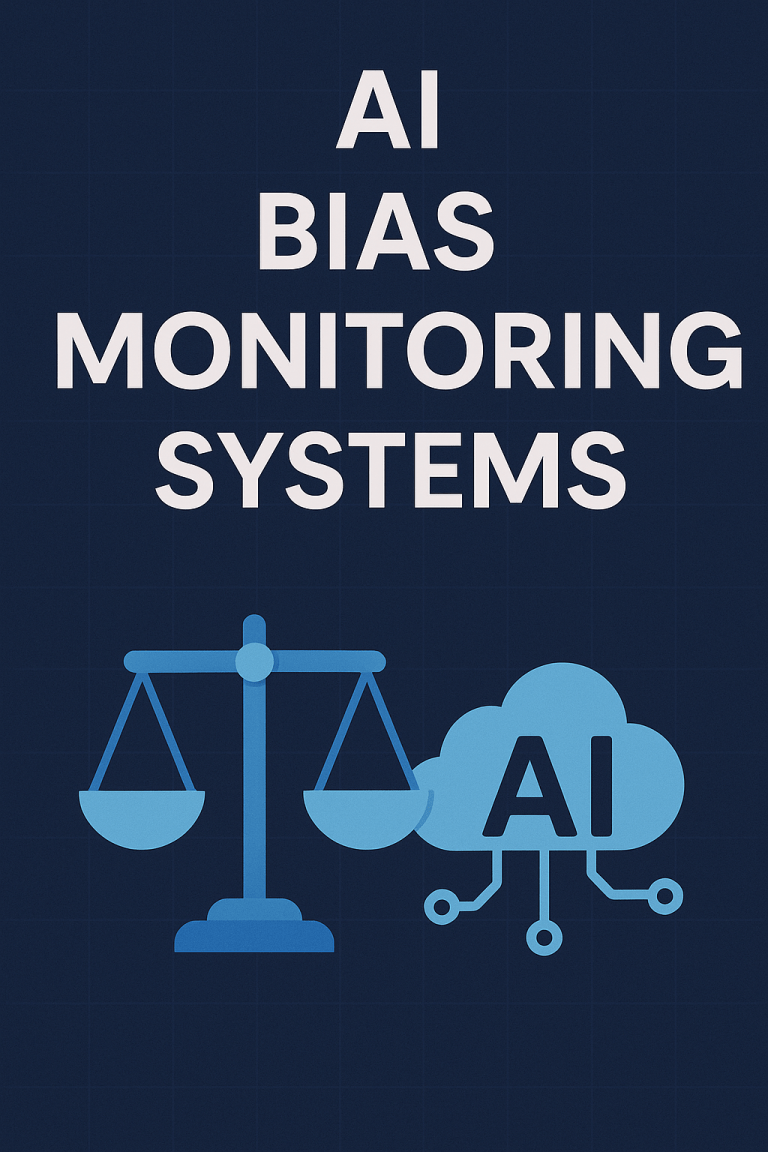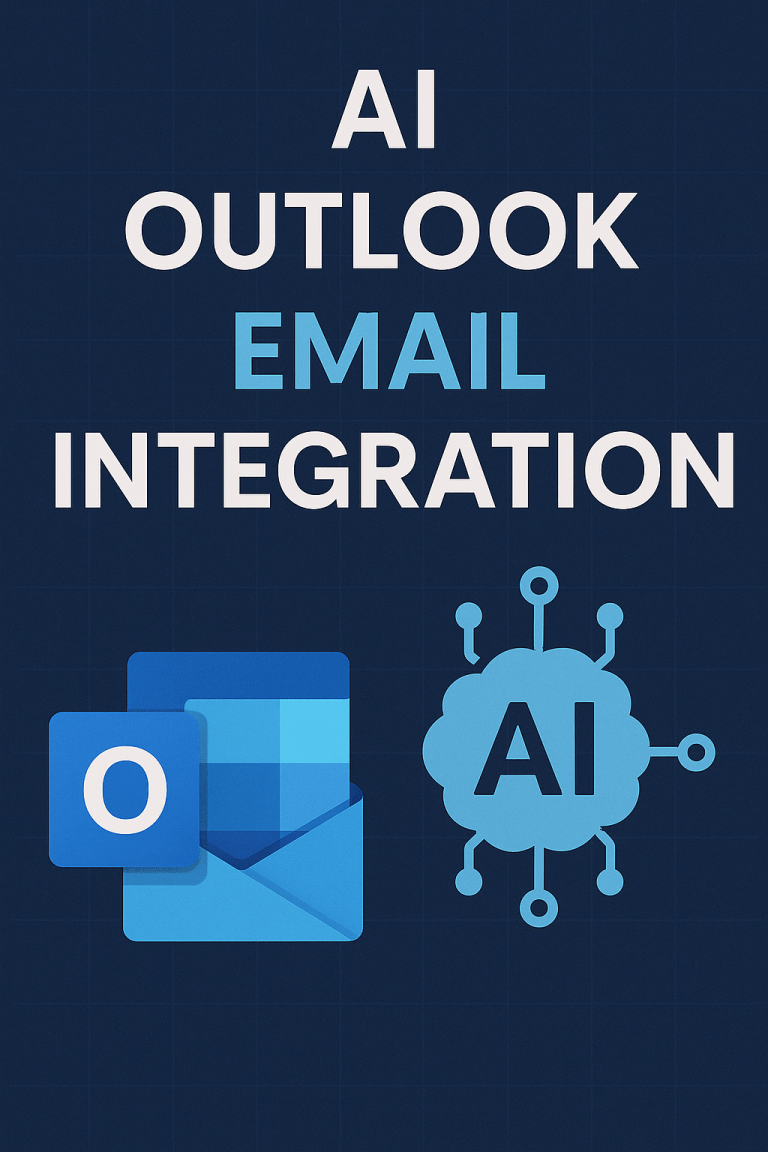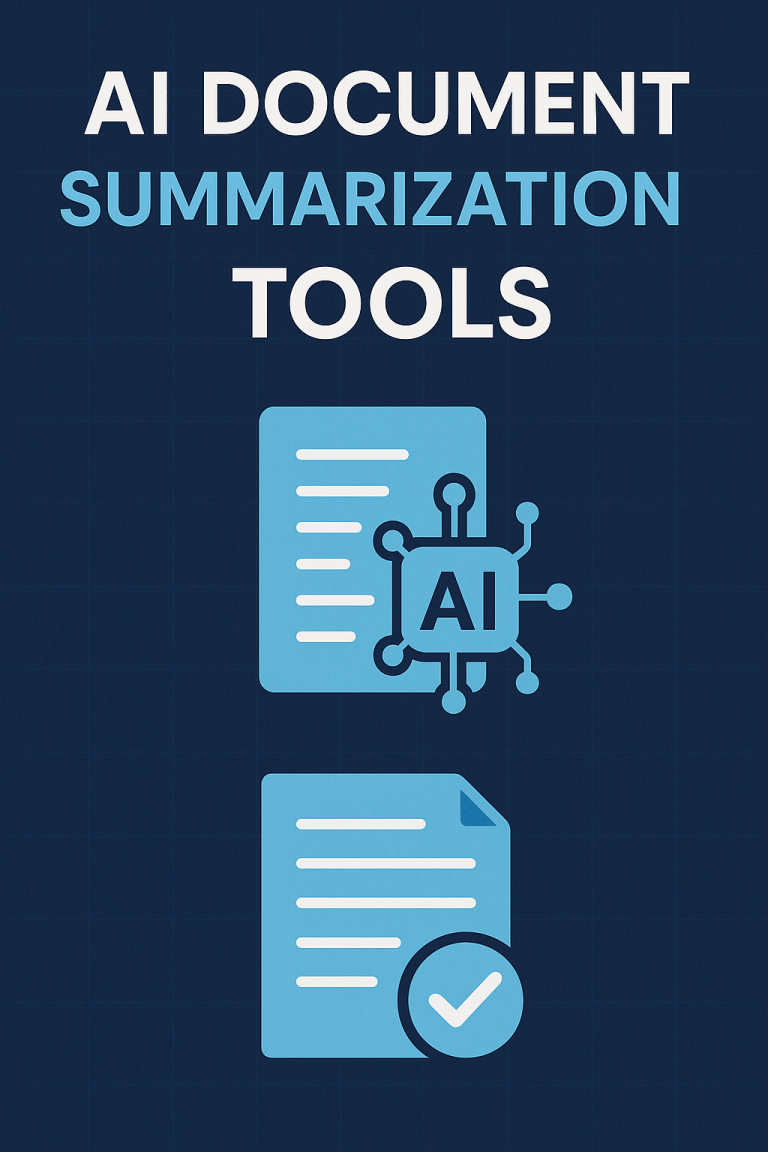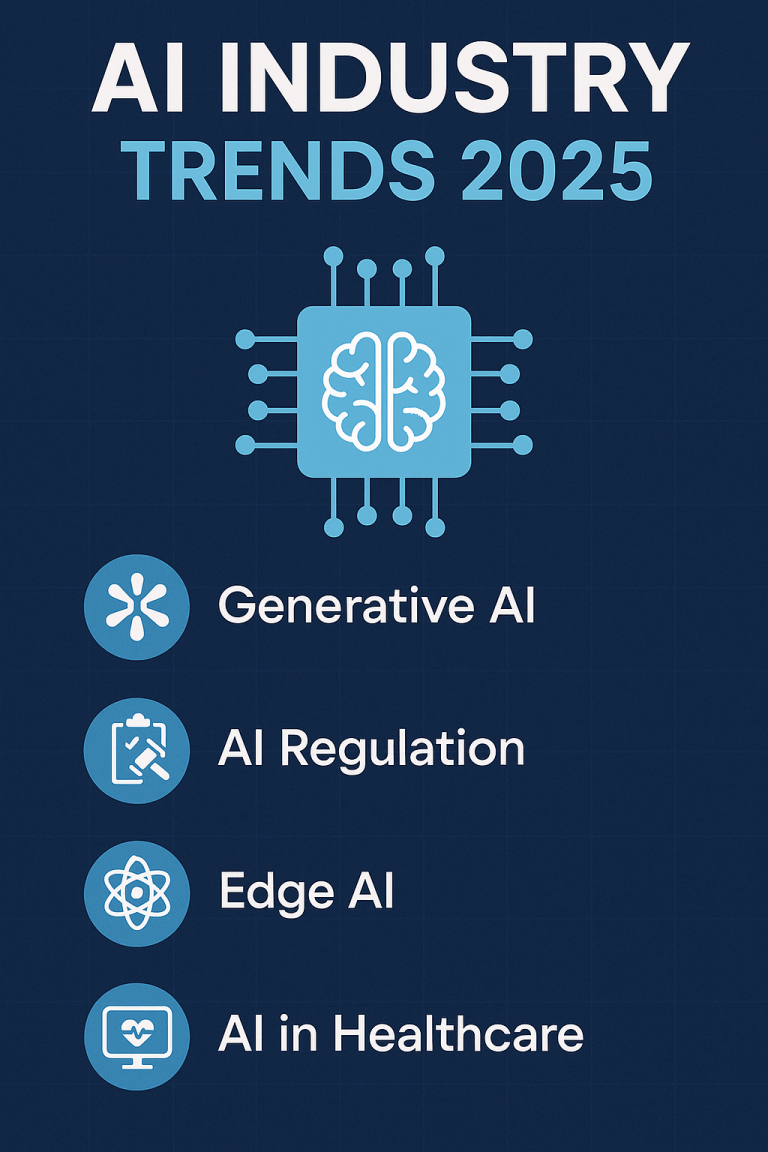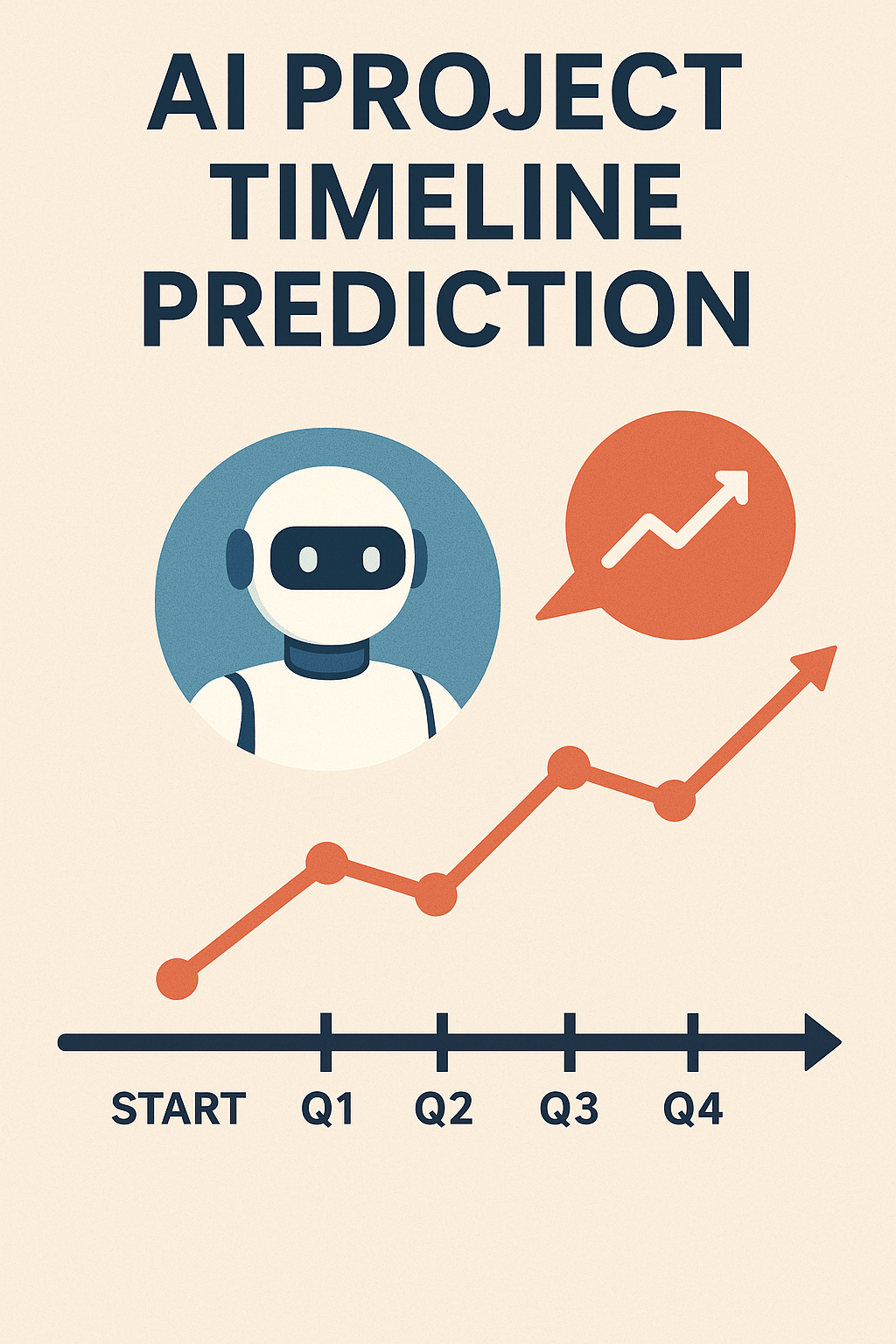
Project delays cost businesses billions annually. Research shows 70% of projects exceed their original timelines, with average overruns reaching 27%. Traditional planning methods rely on gut feelings, outdated spreadsheets, and optimistic assumptions. What if machines could analyze thousands of data points to predict completion dates with surgical precision?
The Timeline Prediction Problem
Project managers face constant estimation challenges:
Human Biases:
- Planning fallacy (underestimating time needs)
- Anchoring bias (sticking to initial estimates)
- Availability heuristic (overweighting recent events)
- Optimism bias (assuming best-case scenarios)
Hidden Complexities:
- Interdependent tasks creating bottlenecks
- Skill availability fluctuations
- Technical debt accumulation
- Scope creep patterns
- Communication overhead
External Variables:
- Market condition changes
- Regulatory requirements
- Vendor delays
- Weather impacts
- Economic shifts
Data Limitations: Traditional methods ignore:
- Historical performance patterns
- Team velocity variations
- Risk probability distributions
- Resource utilization trends
- Quality-timeline tradeoffs
How AI Changes Timeline Prediction
Artificial intelligence transforms guesswork into science through:
1. Comprehensive Data Analysis
AI systems process multiple data sources:
- Past project records
- Team performance metrics
- Resource availability
- Task dependencies
- External factor indicators
Data Types Analyzed:

2. Pattern Recognition
Machine learning identifies:
- Recurring delay triggers
- Productivity cycles
- Risk correlation factors
- Success pattern indicators
- Failure warning signs
3. Predictive Modeling
Algorithms calculate:
- Most likely completion dates
- Confidence intervals
- Critical path variations
- Buffer requirements
- Scenario probabilities
Core AI Prediction Technologies
Linear Regression Models
Best for:
- Simple project structures
- Limited variable sets
- Quick estimations
- Baseline predictions
Accuracy: 65-75% for straightforward projects
Neural Networks
Advantages:
- Complex pattern detection
- Non-linear relationships
- Multi-variate analysis
- Self-improvement capabilities
Use cases:
- Software development cycles
- R&D projects
- Creative campaigns
- Innovation initiatives
Random Forest Algorithms
Benefits:
- Multiple decision paths
- Outlier resistance
- Feature importance ranking
- Ensemble accuracy
Applications:
- Construction projects
- Manufacturing runs
- Supply chain planning
- Infrastructure development
Time Series Forecasting
Features:
- Seasonal adjustment
- Trend identification
- Cyclical pattern recognition
- Temporal dependencies
Ideal for:
- Recurring projects
- Maintenance schedules
- Production planning
- Release cycles
Implementation Roadmap
Phase 1: Data Preparation (Weeks 1-4)
Tasks:
- Audit existing project data
- Standardize formats
- Clean historical records
- Define key metrics
- Establish collection processes
Checklist:
- Inventory data sources
- Map data relationships
- Identify gaps
- Create data dictionary
- Design collection templates
Phase 2: System Selection (Weeks 5-6)
Evaluation criteria:
- Algorithm sophistication
- Integration capabilities
- Scalability options
- Cost structure
- Support quality
Popular Solutions:

Phase 3: Model Training (Weeks 7-10)
Steps:
- Import historical data
- Configure parameters
- Run initial training
- Validate predictions
- Refine algorithms
Success Metrics:
- Prediction accuracy >80%
- Processing time <5 minutes
- User satisfaction >4/5
- ROI projection positive
Phase 4: Pilot Testing (Weeks 11-14)
Activities:
- Select test projects
- Compare AI vs. human estimates
- Track actual outcomes
- Measure accuracy
- Gather feedback
Phase 5: Full Deployment (Weeks 15-20)
Process:
- Train project managers
- Integrate workflows
- Monitor performance
- Adjust parameters
- Scale gradually
Real-World Success Stories
Software Development
Case Study: TechCorp
- Challenge: 40% timeline overruns
- Solution: Neural network model
- Results: 85% accuracy, 30% fewer delays
- ROI: $2.3M saved annually
Construction Industry
Case Study: BuildPro
- Challenge: Weather-related delays
- Solution: Time series + weather data
- Results: 78% prediction accuracy
- ROI: 25% reduction in penalties
Manufacturing
Case Study: ManuTech
- Challenge: Supply chain uncertainties
- Solution: Random forest algorithm
- Results: 82% on-time deliveries
- ROI: $1.8M inventory savings
Measuring ROI
Direct Benefits:
- Reduced delay penalties
- Lower overtime costs
- Better resource utilization
- Decreased buffer padding
- Improved cash flow
Indirect Benefits:
- Enhanced reputation
- Customer satisfaction
- Team morale boost
- Competitive advantage
- Strategic planning
ROI Calculation Example:

For a $150k AI implementation, payback occurs in 3.3 months.
Common Challenges and Solutions
1. Data Quality Issues
Problem: Incomplete or inconsistent historical data
Solutions:
- Start with available data
- Improve collection going forward
- Use data cleaning algorithms
- Supplement with industry benchmarks
2. Resistance to Change
Problem: Teams preferring traditional methods
Solutions:
- Show quick wins
- Run parallel systems initially
- Provide extensive training
- Share success metrics
3. Over-reliance on AI
Problem: Ignoring human judgment
Solutions:
- Position AI as assistant, not replacement
- Require human validation
- Include override capabilities
- Maintain decision logs
4. Model Drift
Problem: Accuracy degradation over time
Solutions:
- Schedule regular retraining
- Monitor prediction accuracy
- Update with new data
- Adjust for changing conditions
Best Practices for Success
1. Start Small
- Choose pilot projects wisely
- Focus on single departments
- Measure everything
- Scale gradually
2. Maintain Data Quality
- Standardize input formats
- Regular data audits
- Continuous cleaning
- Version control
3. Balance Automation
- Keep humans in the loop
- Allow manual adjustments
- Document overrides
- Learn from exceptions
4. Communicate Transparently
- Explain AI recommendations
- Share confidence levels
- Acknowledge limitations
- Celebrate improvements
5. Invest in Training
- Technical skills development
- Change management
- Best practice sharing
- Continuous education
Future Developments
Near-term (1-2 years):
- Quantum computing applications
- Real-time adjustment capabilities
- Natural language interfaces
- Automated resource allocation
Medium-term (3-5 years):
- Prescriptive recommendations
- Cross-industry learning
- Emotional intelligence factors
- Blockchain integration
Long-term (5-10 years):
- Fully autonomous planning
- Predictive risk mitigation
- Global optimization
- Human-AI collaboration
Industry-Specific Considerations
IT Projects:
- Focus on sprint velocity
- Account for technical debt
- Monitor bug rates
- Track deployment success
Construction:
- Weather pattern integration
- Permit timeline factors
- Subcontractor reliability
- Material availability
Manufacturing:
- Equipment maintenance cycles
- Supply chain variables
- Quality control impacts
- Demand fluctuations
Marketing:
- Campaign performance history
- Seasonal trends
- Competitive responses
- Channel effectiveness
Getting Started Guide
Week 1: Assessment
- Evaluate current accuracy
- Calculate delay costs
- Identify data sources
- Set improvement goals
Week 2: Research
- Compare AI solutions
- Request demos
- Check references
- Analyze pricing
Week 3: Planning
- Select pilot projects
- Form implementation team
- Create timeline
- Define success metrics
Week 4: Launch
- Begin data preparation
- Start vendor negotiations
- Communicate plans
- Initiate training
Conclusion
AI-powered timeline prediction transforms project management from educated guessing to data-driven science. Machine learning algorithms analyze historical patterns, team performance, and external factors to generate accurate completion forecasts. Organizations implementing these systems report 70-85% prediction accuracy, compared to 45-60% with traditional methods.
The technology pays for itself through reduced delays, optimized resources, and improved stakeholder confidence. Success requires quality data, gradual implementation, and balanced human-AI collaboration.
Your competitors already use AI for timeline prediction. Every delayed project costs money, reputation, and opportunities. Start with one pilot project. Measure the results. Scale what works.
Unlock your AI Edge — Free Content Creation Checklist
Get the exact AI-powered process to 10X your content output — blogs, emails, videos, and more — in half the time.
No fluff. No spam. Just real results with AI.

